FOOD COLOUR – RED
Unleash creativity in your classrooms with our Red Food Color, designed specifically for educational use. Perfect for culinary classes, art projects, and science experiments, this safe and brilliant dye adds a splash of vibrant red to any student project. Explore the fascinating world of color with our top-quality, versatile red food color.
99 in stock
FOOD COLOUR – RED
Red food coloring is a widely used additive in educational settings, particularly useful for a range of scientific, artistic, and culinary projects. Here’s an outline of its characteristics and educational uses:
- Composition: Red food coloring can be made from various sources. Synthetic red dyes such as Red No. 40 (Allura Red AC) are common, but there are also natural alternatives derived from substances like beetroot or carmine, extracted from cochineal insects.
- Safety: Red food coloring used in educational contexts is generally safe and non-toxic, adhering to food safety standards. It’s important for educators to ensure the coloring is appropriate for consumption if used in culinary applications.
- Educational Applications:
- Science Experiments: It’s excellent for visualizing phenomena such as diffusion and osmosis, chemical reactions, and changes in pH, where the red color can indicate different conditions or outcomes.
- Art Projects: Red dye is useful in exploring color theory, mixing to create new shades, or in fabric and paper dyeing projects.
- Culinary Arts: Helps students understand the impact of color on the perception of taste and the aesthetic appeal of food, which is particularly important in food presentation.
- Learning Concepts: Working with red food coloring helps students grasp concepts related to solutions, concentrations, and molecular movement. In art, it aids in the understanding of primary and secondary colors, while in culinary settings, it enhances lessons on sensory science.
- Versatility: Beyond food, red dye can be used in projects like creating customized paints, dying materials for crafts, or even in simulations and experiments in environmental science (like tracing water flow).
- Practical Skills: Handling food coloring teaches students about careful measurement, the implications of adding color to different substances, and enhances their ability to plan and execute visually appealing projects.
Red food coloring serves as a multifunctional tool in education, offering vibrant visual options for a variety of learning activities and stimulating both scientific inquiry and creative expression among students.
| Weight | 0.10 kg |
|---|---|
| Dimensions | 25 × 25 × 5 cm |
You must be logged in to post a review.
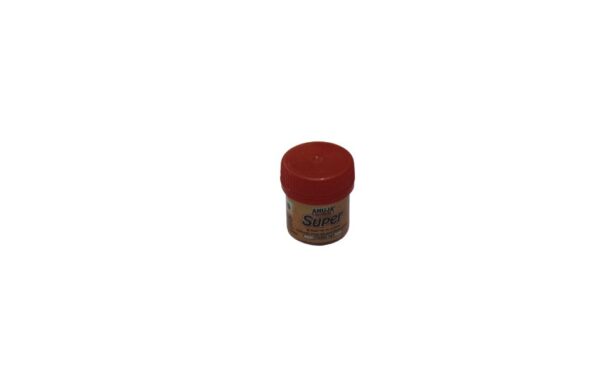
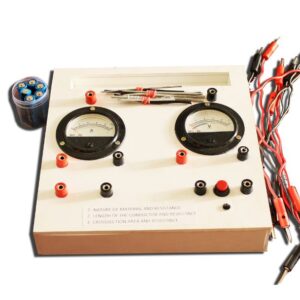
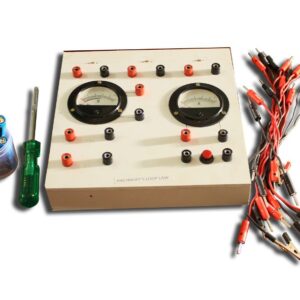
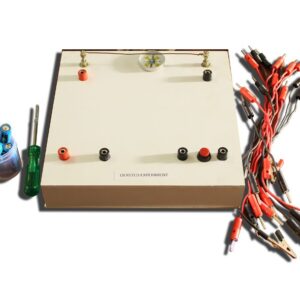
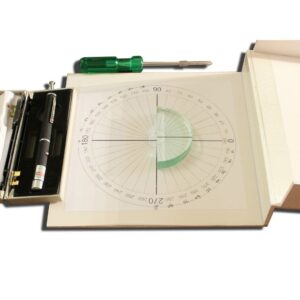
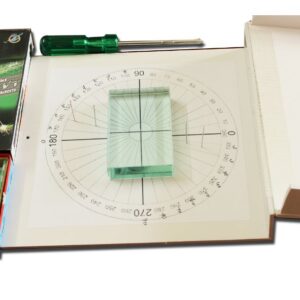
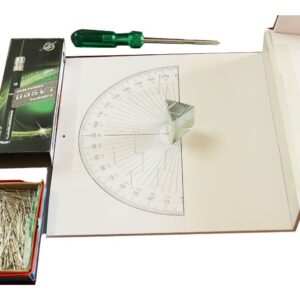
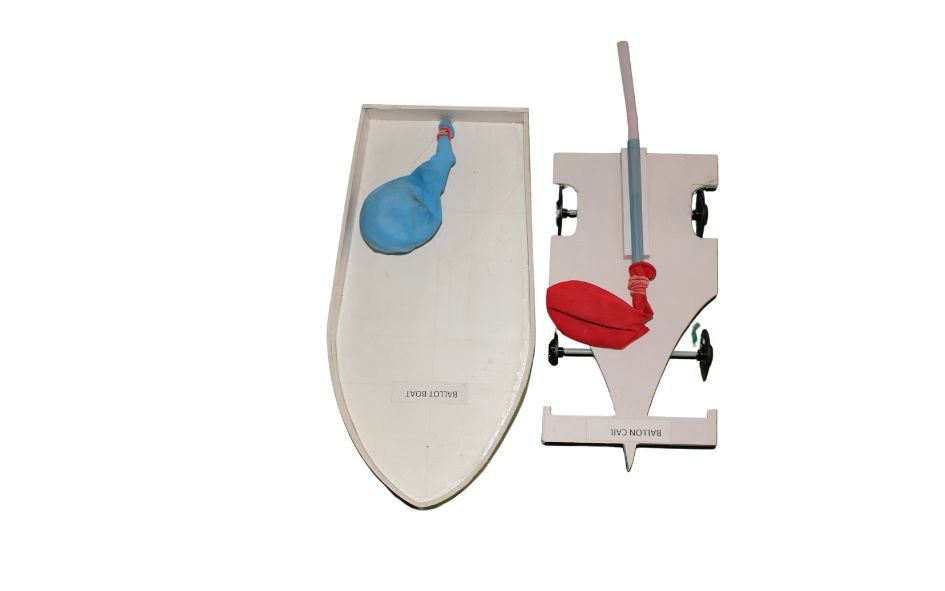
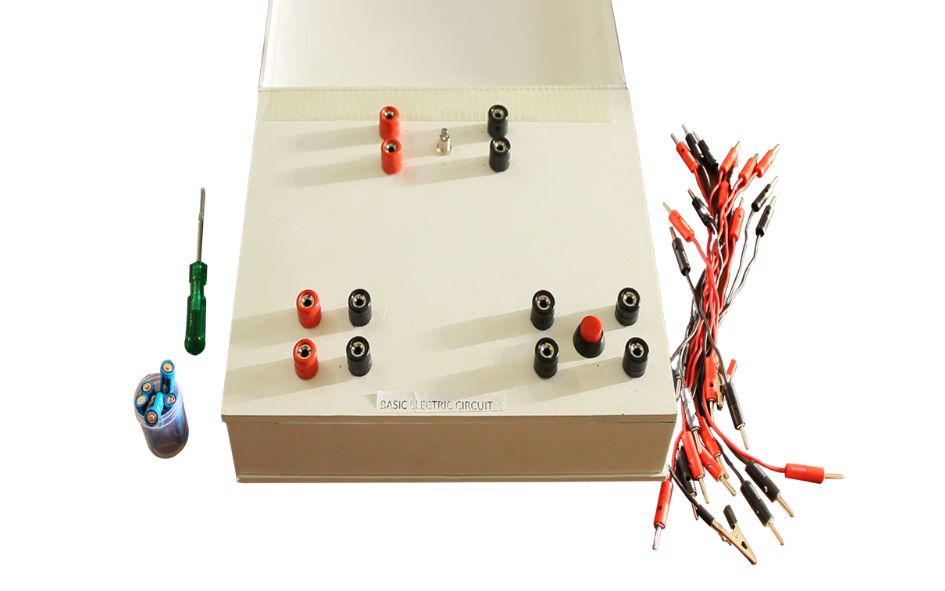
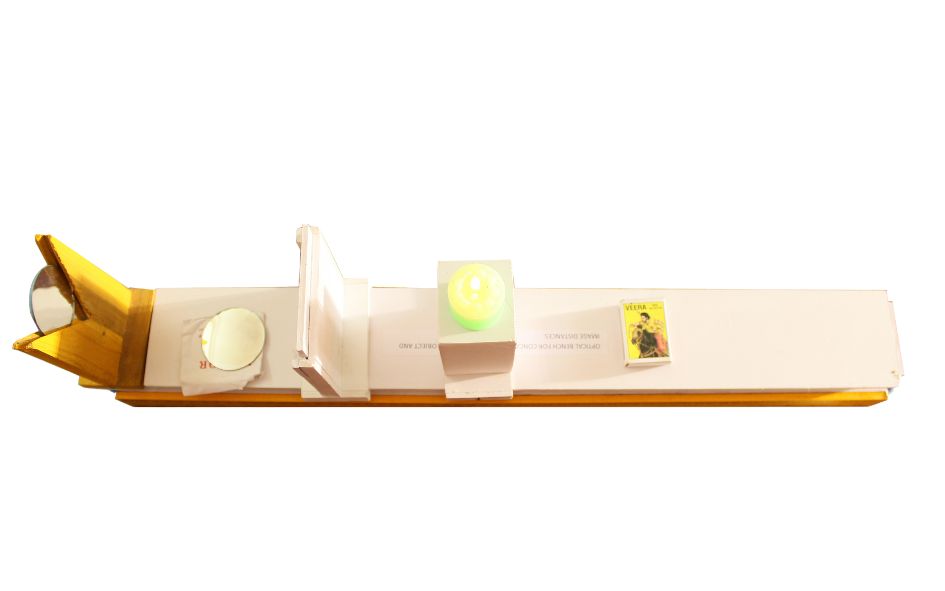
Reviews
There are no reviews yet